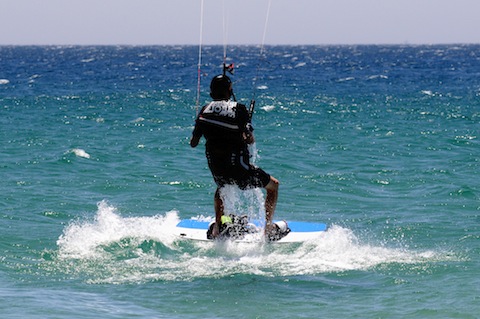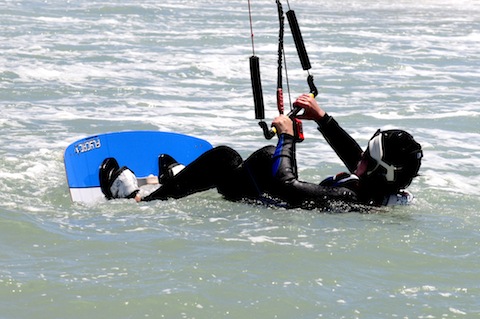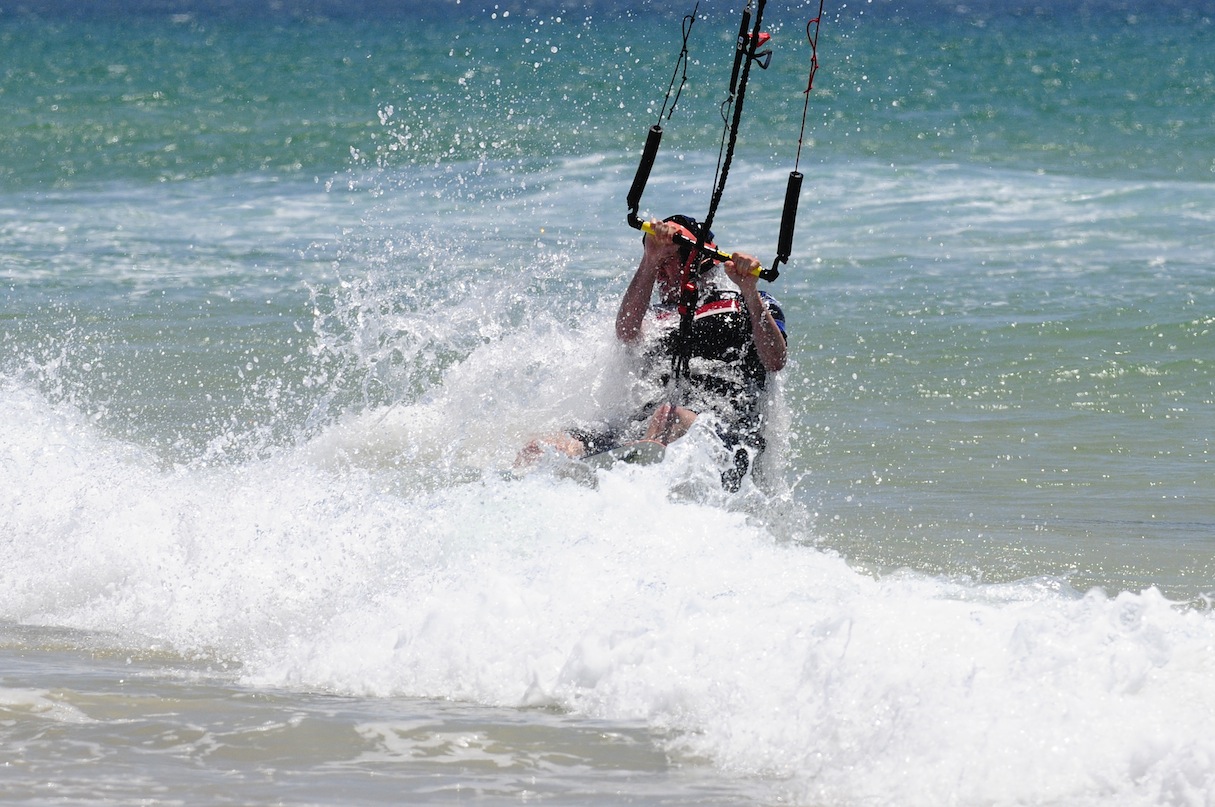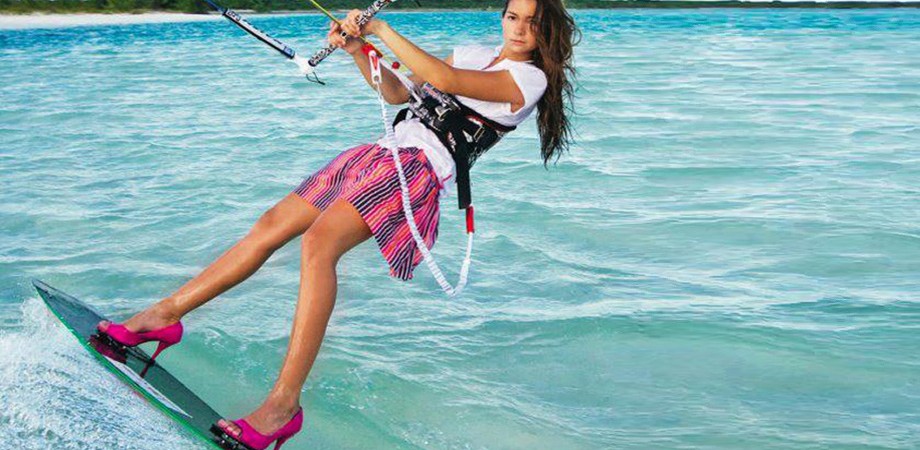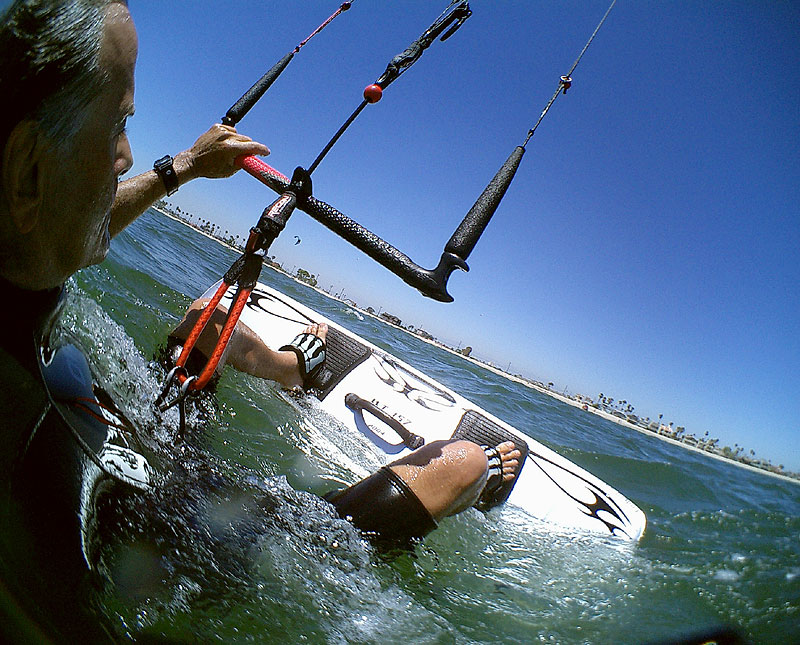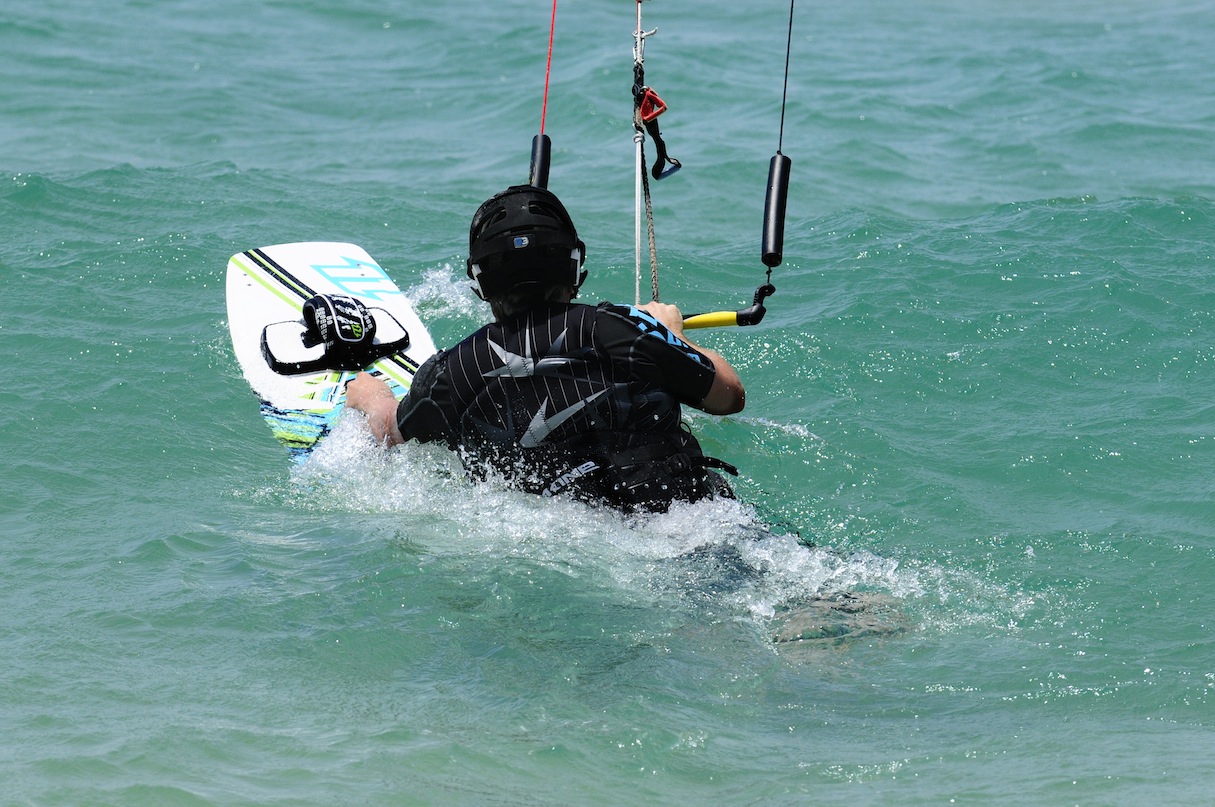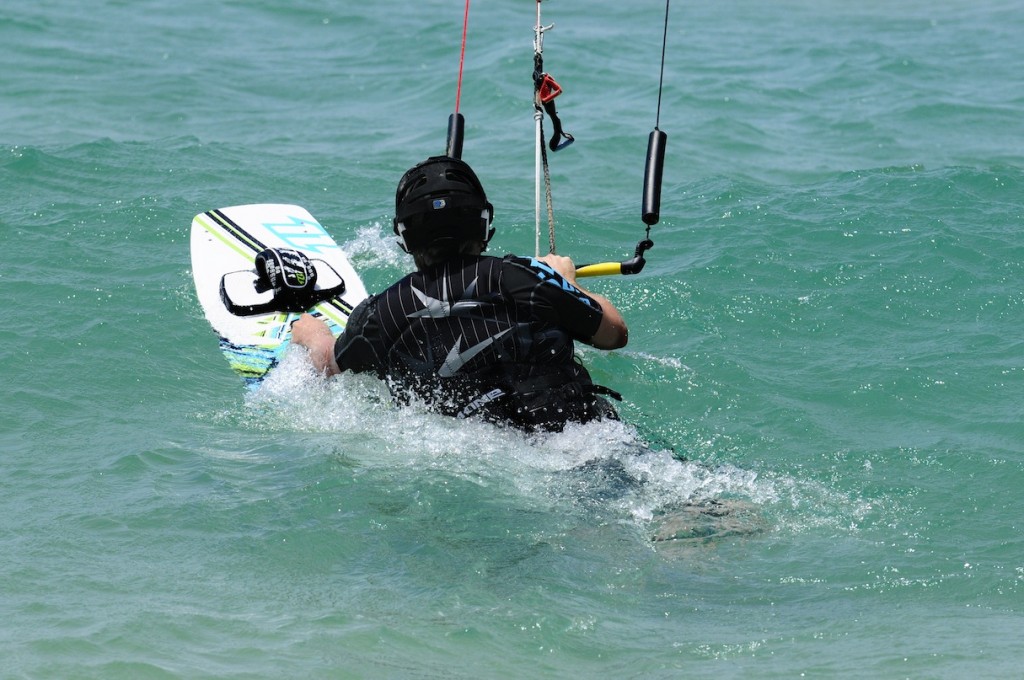
As we kitesurf all of the pull of the kite is being taken through the harness, which means you are essentially being pulled along by your core (abs and lower back). This can cause problems for a lot of people as typically for us in the Western world (due to a combination of sofa’s and haribo) this is the softest part of our bodies. If you’re going to get seriously into kitesurfing its good to focus a bit more time on these areas so as your kitesurfing improves so does your core strength.
The mistake most people make when they hear the term core strength is they instantly go out and do 10, 000 sit ups. This can actually make any potential problems a hell of a lot worse, as by focussing only the bits we see in the mirror, our abs (and who doesn’t want great abs) we ignore the part that is probably even more important, (and the part that almost everyone has problems with at some time or another) the lower back. Having great abs is awesome, but if we don’t strengthen our lower back we get an imbalance of muscle which actually deforms our spine and makes any lower back problems worse.
So how do we strengthen our lower back?
I would suggest a combination of working on lower back flexibility and strengthening. Due to the fact that most of us spend a long time sitting down each day we often have a deformation of the spine which really needs to be addressed before adding too much muscle which can lead to greater deformation as all that extra muscle clamps around the already over loaded spine. For this reason, I would suggest starting with a regime of loosening up the lower back, adding flexibility before adding strength.
Below are some great exercises to get you started down this path.
1. Standing Hip Flexor Stretch
Standing Hip Flexor Stretch
In order to make this one work better, you should use the law of reciprocal inhibition — which says that when one muscle contracts the opposite and opposing muscle relaxes — so to get a deeper stretch of the front hip flexors, you’ll want to contract your glutes hard.
You should do this one MANY times throughout the day. Instead of sitting on your butt all day long, you should get up every 5 or 15 minutes and do this stretch throughout the day. Hold for counts of 3-5 seconds and repeat 2-3 times.
2. Lunging Hip Flexor Stretch …
Lunging hip flexor stretch
This is a more intense way to stretch your front hip flexors. I do this one whenever I’m done working out and occasionally before strength training. You’ll probably notice one side of your body is in more pain, quicker, when doing this exercise because that side of your body is tighter. Good. Now you know what you need to work on. Again, Hold for counts of 3-5 seconds and repeat 2-3 times.
3. Seated Butt Stretch
This is one of those stretches you can do while you’re at work throughout the day to keep yourself in check.
Seated Piriformis stretch
4. Laying Down Butt Stretch
This is a more intense (or can be) version of the seated butt stretch. Notice it’s basically the same position with your hips and legs …
Lying Piriformis stretch
5. Seated Lower Back Stretch
Seated Lower Back Stretch
Again, this is a great one to do while you’re at work or virtually any time of day. Don’t go overboard with this one right after strength training though because you don’t want your body to “assume” a stretched out position for your lower back because some “tightness” is necessary there to stabilize your spine.
Instead, use this stretch along with the others to relieve your pain and to get these tight muscles looser so that you can strengthen the opposite and opposing muscles.
